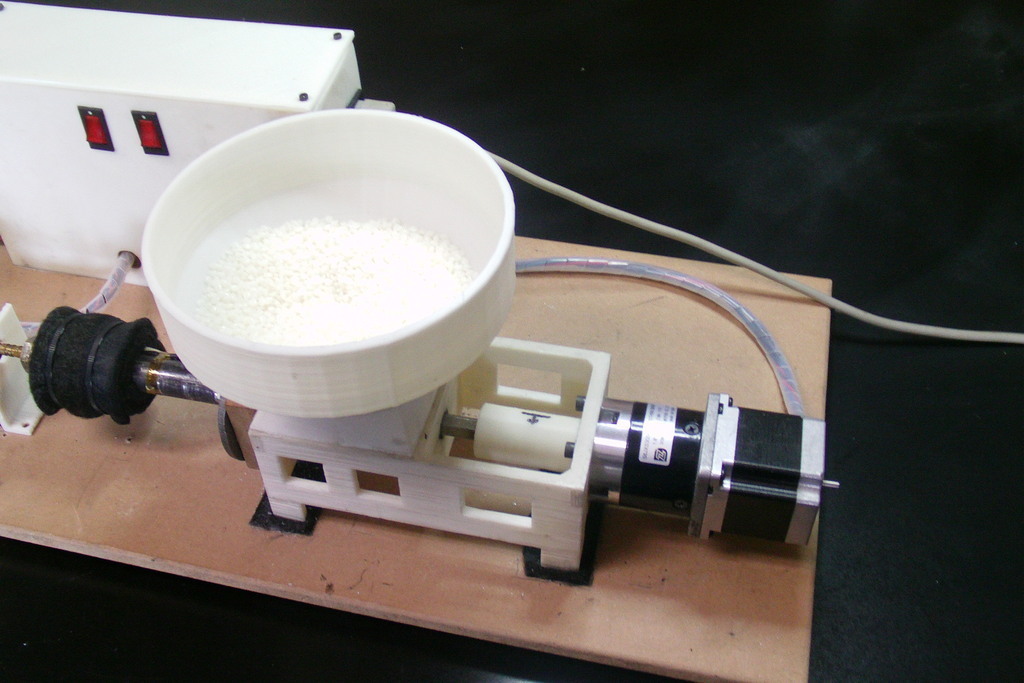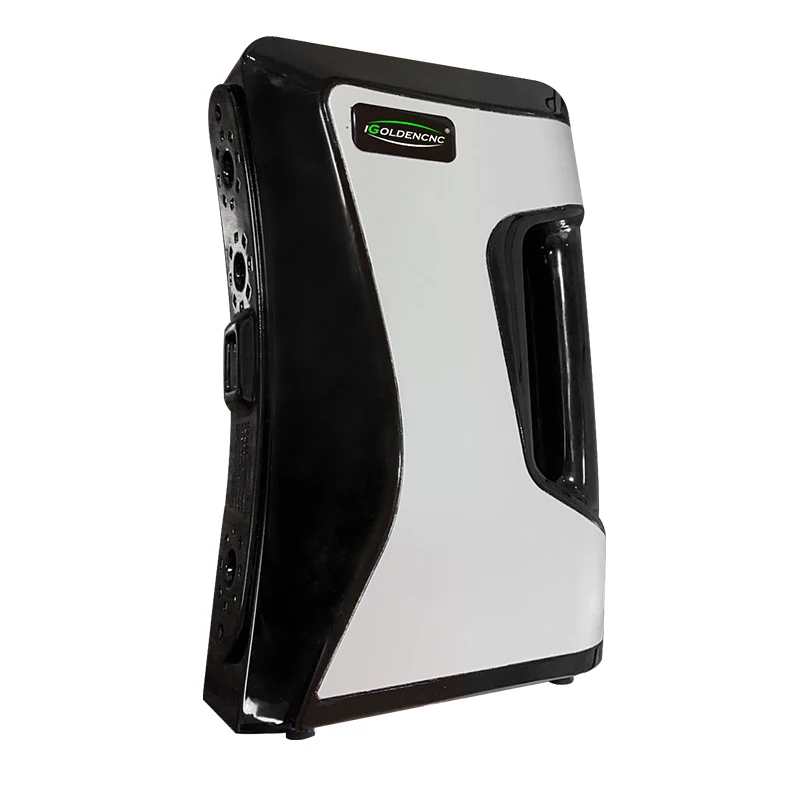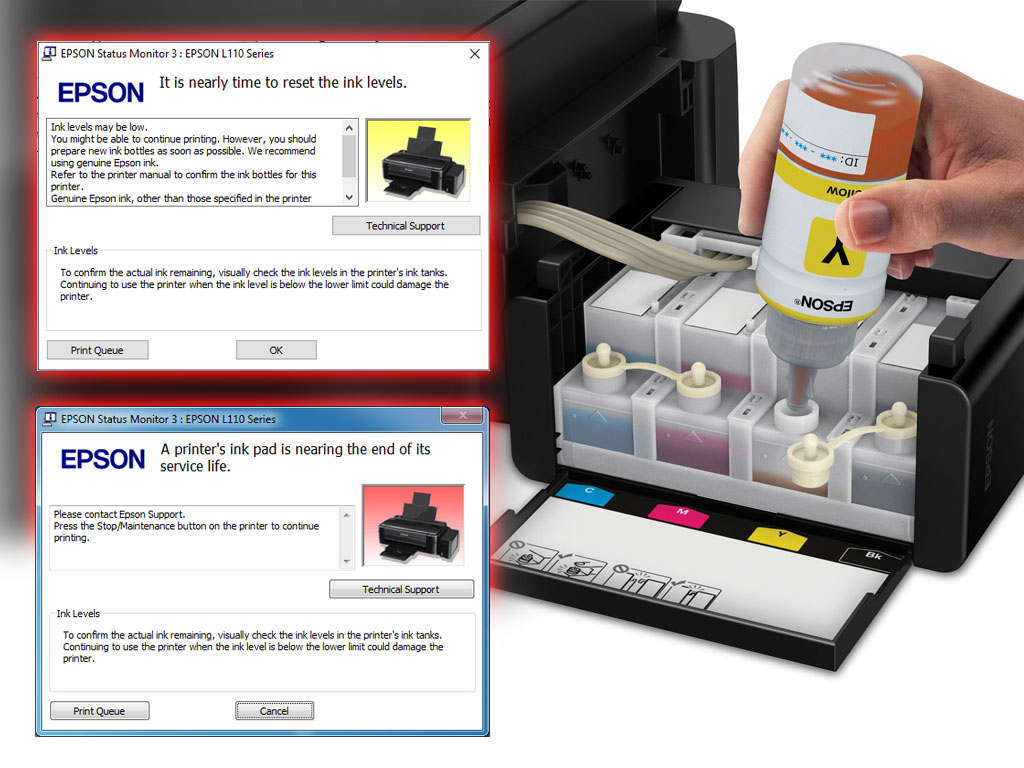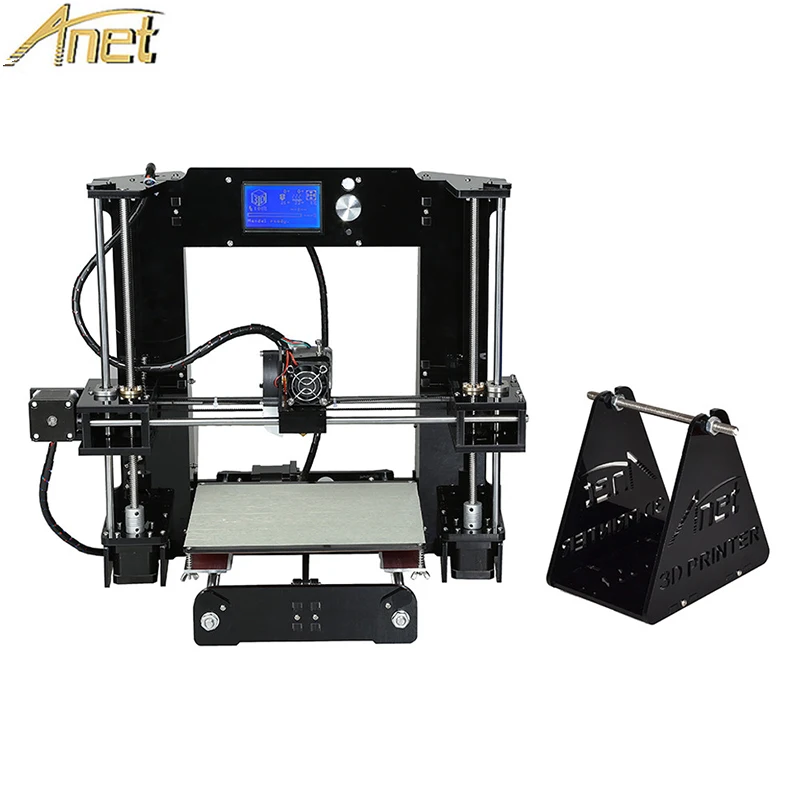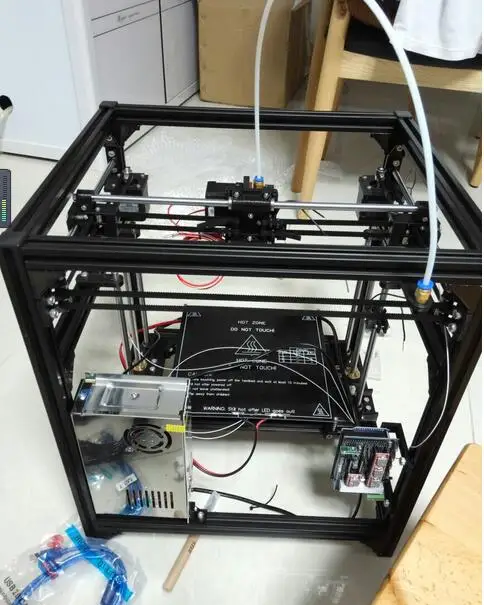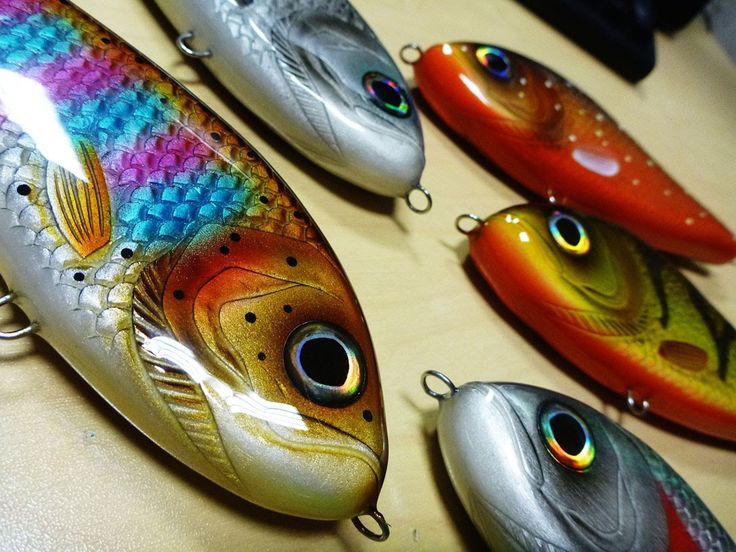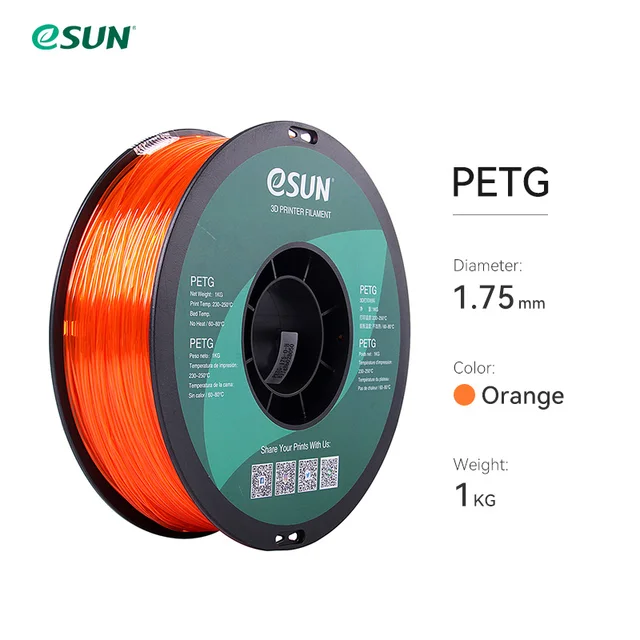Biodegradable plastic 3d printer
Eco-friendly 3D filament guide - what are the possibilities and innovations
What is eco-friendly 3D filament?
Eco-friendly 3D filament is a new alternative to the classic plastic filament. 3D printing requires a lot of energy and often uses non-biodegradable materials. For example, ABS is made from petroleum. It is one of the most common 3D printing materials when it comes to filament extrusion.
However, innovations now offer the opportunity to 3D print ecologically and responsibly at a lower cost. Many biodegradable filaments, made from recycled materials, have been developed to be environmentally friendly and have become alternatives to plastic filaments.
By incorporating a biodegradable plastic base (in the form of fibers or powders), it is possible to create filaments that include a high percentage of organic material.
3D printing from recycled plastics
How to make 3D printing materials from plastic waste
Thanks to Tyler McNaney’s Filabot, or MIT’s Recyclebot, it is possible to create ecological filament at home by recycling plastic waste. These machines turn waste into a 3D filament that a 3D printer can use.
A bottle of milk recycled by the Filabot converts into 2.5 meters of 3D filament.
First, the machine crushes recyclable plastic waste (bottles, boxes, etc.) to transform it into plastic pellets (or granules). The recycling machine then heats and extrudes these pellets into the shape of filament. The filament is then wrapped around a spool so that it can be reused again by a 3D printer.
Reuse 3D printed objects and plastic print waste
3D printing requires patience and involves a lot of testing to perfectly configure a 3D printer and produce quality 3D models. Many of these tests result in print fails, extra material, supports, or simply old pieces that are no longer useful.
Plastic waste extruders such as the Filabot or ProtoCycler can recycle this plastic waste.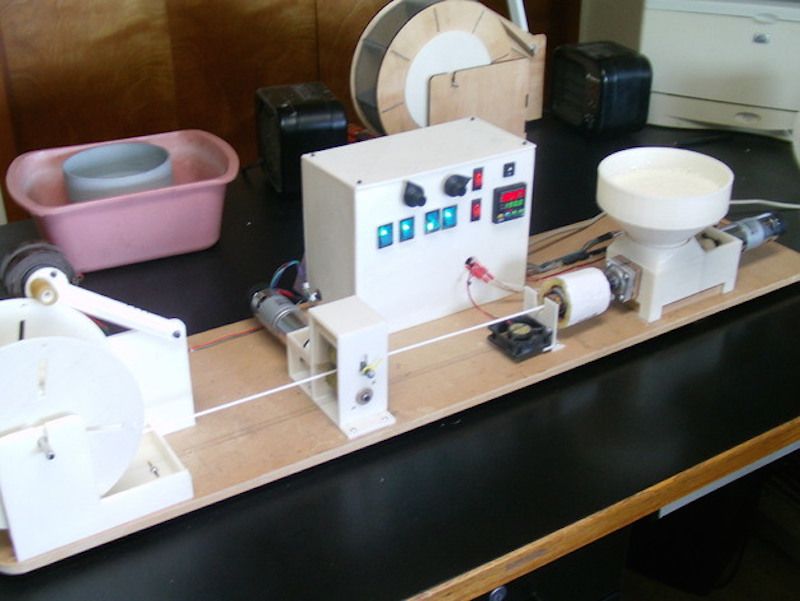 This innovation, with its ecological aspect, also represents a big cost saving for the users who can reduce their 3D filament expenses.
This innovation, with its ecological aspect, also represents a big cost saving for the users who can reduce their 3D filament expenses.
Buy 3D filament made from recycled materials
The Dutch startup Refil sells 3D filament made from two recycled plastics, ABS and PET. These two plastics mainly come from plastic bottles and car dashboards. This award-winning innovation is called Refilament.
According to Refil’s co-founder Casper van der Meer, the recycled filament (free of toxic additives), boasts the same features as ordinary filament and is available at a price between 30 and 40 dollars a spool.
Black ABS 3D filament produced by Refil from old car dashboards.3D printing with biodegradable 3D filament
PLA, a cornstarch-based 3D printing material
With ABS, PLA is the most commonly used 3D printing material when it comes to filament deposition.
PLA is made from cornstarch. It is compatible with most 3D printers using extrusion 3D printing technology.
Unlike ABS, PLA is a biodegradable material. Thanks to its non-toxicity, PLA can also be used to 3D print objects that will be in contact with food.
The main weakness of PLA is its high sensitivity to moisture and its tendency to break rather than bend. It makes it more difficult to handle than ABS.
Green and blue frogs 3D printed from PLA.Sustainable 3D printing: paper, an alternative to plastic
Mcor Technologies (now CleanGreen 3D) is a 3D printer manufacturer that has successfully made 3D printing material from paper. Their Laminar 3D printing technology successively cuts sheets of paper and glues them onto each other to 3D print an object.
Paper is not as environmentally friendly as PLA, but it is a serious alternative to more toxic materials. It also costs much less: a ton of paper costs around €1,300 while a ton of PLA costs between €5,000 and €10,000.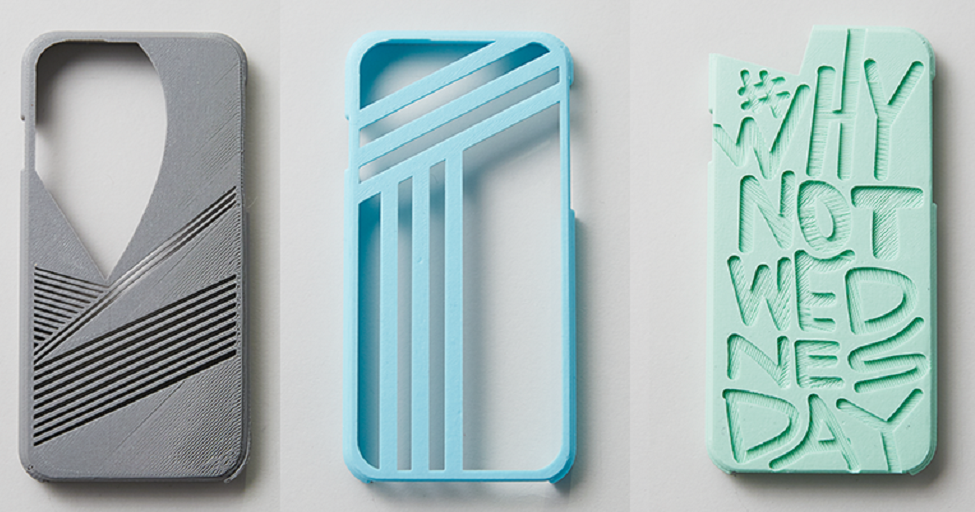
Plant-based 3D printing materials
Many plant-based filaments have been developed, such as the soy-based FilaSoy or SeaWeed, a material made from seaweed. The Algix from 3DFuel is also available and is made from nuisance algae.
Wood is also a material that is used to make natural 3D filaments. For example, Laywood is made up of 40% of wood, which gives it a touch and appearance similar to wood.
ColorFabb has even developed two 100% organic filaments: the WoodFill made up of 70% PLA and 30% wood fiber, and the BambooFill, half bamboo, and half PLA.
Finally, oysters and coconuts have also been experimentally used to create new 3D filaments.
A small 3D printed elephant made with ColorFabb’s Woodfill material.3D printing with recycled building materials
3D printed houses made from recycled concrete
The Chinese company WinSun Decoration Design Engineering received attention in 2014 by 3D printing ten houses in less than 24 hours.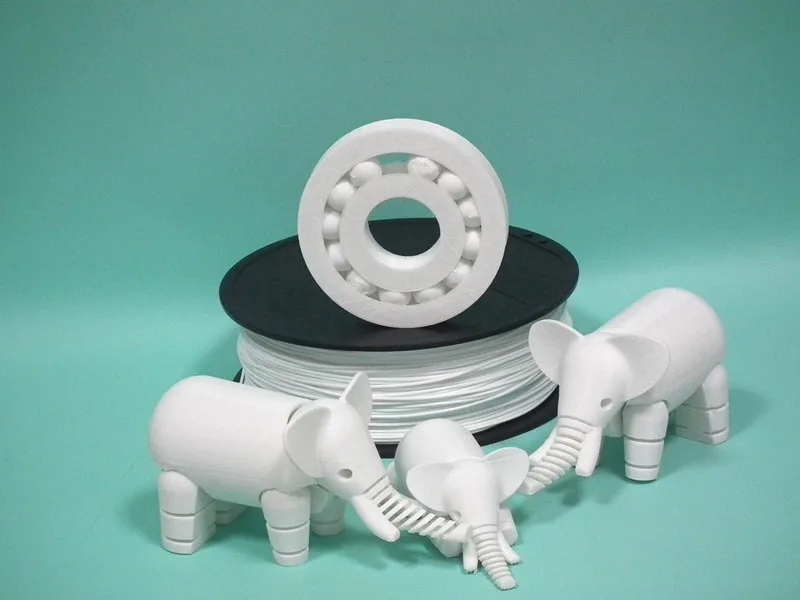 These were 3D printed from a mix of cement, industrial waste, and recycled fiberglass. In 2015, they did it again, this time with a four-story building, and also succeeded in less than 24 hours.
These were 3D printed from a mix of cement, industrial waste, and recycled fiberglass. In 2015, they did it again, this time with a four-story building, and also succeeded in less than 24 hours.
In January 2018, the same company 3D printed bus stops at Fengjing Town in Shanghai.
In Amsterdam, a canal house was also 3D printed by DUS Architects in 2016. This house, designed in partnership with Henkel, is 3D printed with bioplastics. It consists of 80% ecological materials.
Examples: two innovative projects to recycle plastic waste
An eco-friendly 3D printer launched by Coca-Cola, 3D Systems, and will.i.am
will.i.am, who was previously creative director of the 3D printer manufacturer 3D Systems, had teamed up with Coca-Cola to create Ekocycle.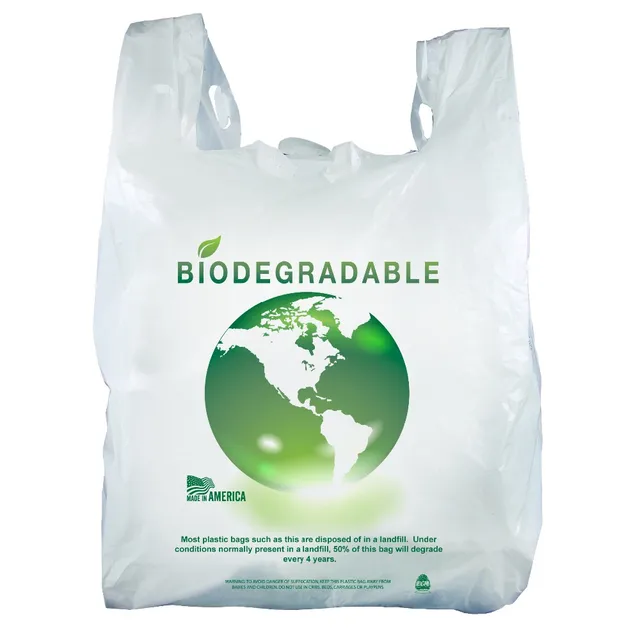 The Ekocycle is a 3D printer that uses a 3D filament, of which 25% is made from recycled plastic bottles.
The Ekocycle is a 3D printer that uses a 3D filament, of which 25% is made from recycled plastic bottles.
“Ekocycle’s goal is to collaborate with the world’s most influential brands and use technology, art, and fashion to change an entire culture. It’s the beginning of a more sustainable lifestyle through 3D printing. Waste is waste only if we waste it.”
will.i.am
Ekocycle will be able to 3D print objects with a build volume of one hundred cubic centimeters, with a minimum layer thickness of 70 microns.
Three 500ml Coca-Cola bottles are needed to make one Ekocycle cartridge. The available colors Coca-Cola’s emblematic colors: red, black, and white.
will.i.am, a founding member of the Black Eyed Peas and 3D Systems’ previous artistic director, presenting the Ekocycle eco-friendly 3D printer.Clean beaches and 3D printed souvenirs of the sea
In 2014, two Swiss entrepreneurs, Jennifer Gadient and Fabian Wyss, launched the Seafood Project.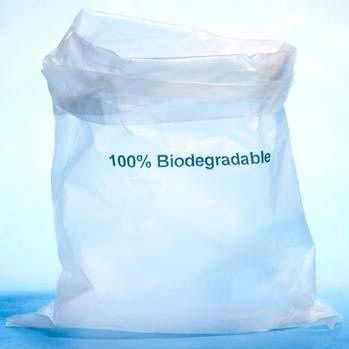 This project aimed to clean the beaches of France, Spain, and Morocco by recycling all plastic waste into 3D printed objects.
This project aimed to clean the beaches of France, Spain, and Morocco by recycling all plastic waste into 3D printed objects.
The couple left France in October 2014 and drove down to Morocco in their van, in which they had all the necessary equipment for 3D printing.
On the beaches, they recovered plugs, bottles, and other plastic waste. With the help of an extruder and a shredder, they transformed this waste into 3D filament. They then 3D printed objects with an Ultimaker 3D printer and sold them on their website.
Picture of Jennifer Gadient and Fabian Wyss in front of their van, equipped with a 3D printer to recycle plastic waste from beaches.3D printing bioplastics:
3D Learning Hub
See all categories
Contents:
- Introduction
- What are bioplastics?
- Implementing bioplastics in your manufacturing process
- 3D printing and sustainability
- Focus on Nylon PA 11: A solution for more sustainability
- Do you have a 3D printing project?
Introduction
What are bioplastics?
Bioplastics are plastics produced from renewable biomass sources such as corn starch, vegetable oils and fats, or straw, for example. There are plenty of bioplastics materials, such as starch-based plastics, cellulose-based plastics, protein-based plastics, aliphatic polyesters (Polyactic acid or PLA), Polyamide 11, or bio-derived polyethylene.
There are plenty of bioplastics materials, such as starch-based plastics, cellulose-based plastics, protein-based plastics, aliphatic polyesters (Polyactic acid or PLA), Polyamide 11, or bio-derived polyethylene.
These bioplastics can replace many applications for petroleum-derived plastics and you easily start to implement them inside your manufacturing processes.
Implementing bioplastics in your manufacturing process
Why should we start using more bioplastics?
Facing the depletion of fossil fuel resources, companies have to find new solutions and start making changes in its business approach. The chemical industry is not an exception! This industry is turning to bioplastics with plant-based raw materials. What is the advantage of this solution? The plants are renewable, and growing plants means capturing the CO2 present in the air. This participates in reducing the greenhouse effect. Lots of products can also benefit from the use of these polymers of plant origin, from shoes to automobile parts and packaging.
Applications of bioplastics
Bioplastics are mainly used for disposable objects. For example, for the creation of packaging, traditional plastics are starting to be replaced by bioplastics: the demand for bioplastic packaging is huge it is the largest segment of the European bioplastic market – estimated at around 44% of 2.05 million tonnes in 2017 (source: https://www.european-bioplastics.org/market/applications-sectors/).
The electronic sector is also starting to address the sustainability of the materials used for their products. As you may know, a majority of consumer electrical appliances are made of plastics. From electronic casings to circuit boards and data storage, all these devices are made of plastic.
The interesting performance of traditional plastic can be reached with bioplastic, encouraging sectors such as the automotive industry to use more of them! We can notice that car manufacturers now use more biobased or partly biobased durable bioplastics for the production of sturdy dashboard components as well as solid features for both the interior and exterior of cars.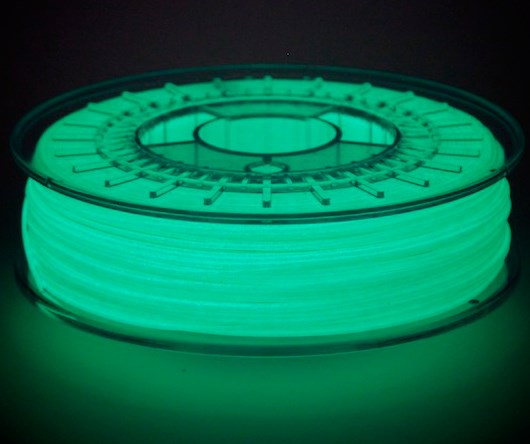
3D printing and sustainability
Combining all advantages
We all know it, sustainability should be at the center of every business strategy. The 3D printing industry started to implement this idea in the development of its technologies and materials, with reusable powders and bio-based materials.
- Design efficient
Additive manufacturing allows for more design efficiency. Creating optimized parts lead to a reduction of the amount of material, for example, hollowing or lattice structures make lighter parts with less material. This has several benefits as you get optimized parts in terms of weight and resistance, and you can reduce the cost.
- Reduction of waste
Unlike subtractive manufacturing methods, additive manufacturing results in less material waste. The manufacturing process itself creates less waste as it only uses the amount of material needed to manufacture the object, layer by layer.
- Powder reusability
The reusability of the powder is becoming one of the goals of material and 3D printer manufacturers. We can also see it with the example of Nylon PA11, a biocompatible and plant-based material made from castor oil, also offers a high reusability rate within 3D printing systems with up to 70% reusability, resulting in less waste.
We can also see it with the example of Nylon PA11, a biocompatible and plant-based material made from castor oil, also offers a high reusability rate within 3D printing systems with up to 70% reusability, resulting in less waste.
Bio-based 3D printing materials
We can observe the development of high-performance 3D printing materials, offering the mechanical properties of traditional manufacturing.
Some bio-based materials such as PLA were already well-known and used with FDM technology. Made from corn starch, this material is also more sustainable in its production. However, if these kinds of materials are interesting to create prototypes, accessing high-performance bio-based materials could totally transform your manufacturing process. The example we will follow in this article is Polyamide 11. A number of different materials can be created from this powder, offering interesting mechanical properties and characteristics for sectors such as automotive, medical, or electronics.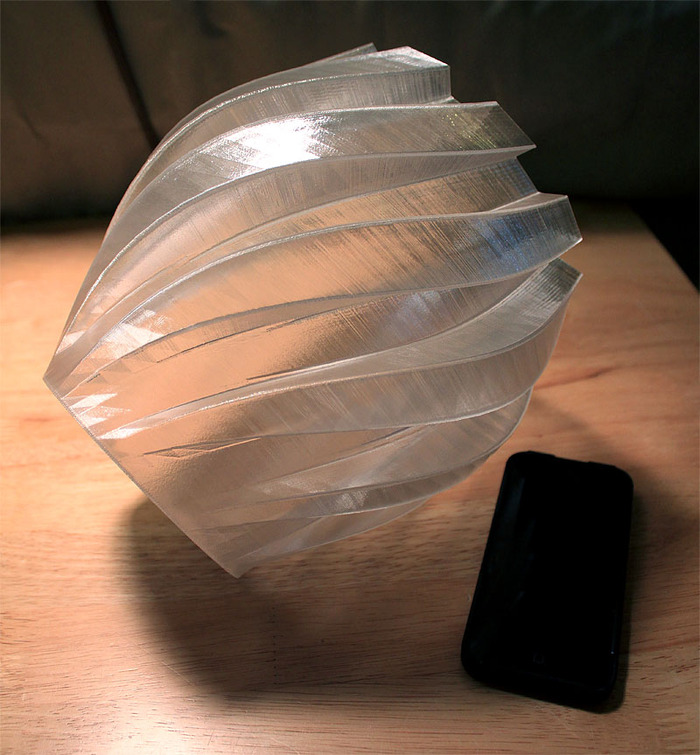
Focus on Nylon PA 11: A solution for more sustainability
What is Nylon PA11?
PA11 is based on 100% renewable biomass sources. Created from renewable castor oil, Nylon 11 or Polyamide 11 (PA 11), is a bioplastic. This polyamide is part of the nylon family of polymers created by the polymerization of 11-aminoundecanoic acid, an organic compound. The Castor seed is extracted from the castor plant to make oil. The oil is then converted into the monomer (11-aminoundecanoic acid), which is finally polymerized into Polyamide 11. This material is applied in the sectors of aerospace, automotive, electronics, sports equipment, etc. Castor beans are grown in arid landscapes, particularly difficult to cultivate, so the crop does not compete with the human or animal food chain.
PA 11 belongs to the technical polymers family, the fact that this material is a bioplastic doesn’t mean that it is biodegradable. The properties of Nylon PA 11 are similar to PA 12. The main difference is the emission of greenhouse gases and the consumption of nonrenewable resources produced during its production. This PA 11 is well-known to be used in high-performance applications in sectors such as automotive or electronics. The thermal resistance of this material is superior to PA 12.
This PA 11 is well-known to be used in high-performance applications in sectors such as automotive or electronics. The thermal resistance of this material is superior to PA 12.
Using Sculpteo’s online 3D printing service it is now possible to access bio-based material to manufacture your next projects!
Wide range of possibilities while using PA 11 for additive manufacturing
Sculpteo added bio-based materials to its catalog to help your reach a more sustainable manufacturing process. These plastic parts are printed using Selective Laser Sintering or MJF.
- PA11 ESD
Ultrasint® PA11 ESD is a bio-derived powder material with electrostatic discharging properties for increased process safety in advanced applications. With its interesting mechanical properties, this material offers new possibilities for a wide range of new applications, especially for the electronics sector.
- PA11 CF
Ultrasint® PA11 CF is a carbon-filled, bio-derived, powder material for advanced Powder Bed Fusion applications.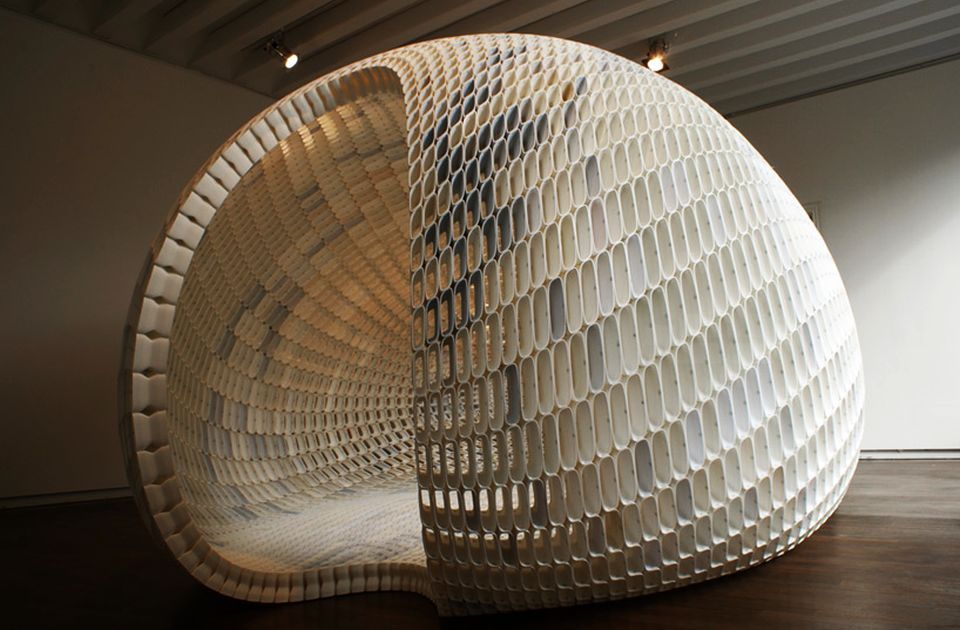 This material is one of the strongest materials in the 3D printing industry, combining high ductility and impact performance as well as really high rigidity.
This material is one of the strongest materials in the 3D printing industry, combining high ductility and impact performance as well as really high rigidity.
- PA11 SLS & PA11 MJF
Ultrasint® PA11 is a bio-derived powder with exceptionally high toughness. This material has the particularity of offering high ductility and impact strength for all applications. Do you need durable parts able to withstand high mechanical loads and stress? Ultrasint® PA11 is an option to consider.
Do you have a 3D printing project? Partner with Sculpteo
Are you interested in the special characteristics of these bio-based materials? It might be time to implement these materials into your process. Optimized products and manufacturing flexibility are just a few clicks away: upload your 3D file on our online 3D printing service or contact our sales team to talk more specifically about your projects.
If you are not using additive manufacturing yet and want to give this technology a try, contact Sculpteo Studio to identify your additive manufacturing opportunities and choose the best technology and material for your project.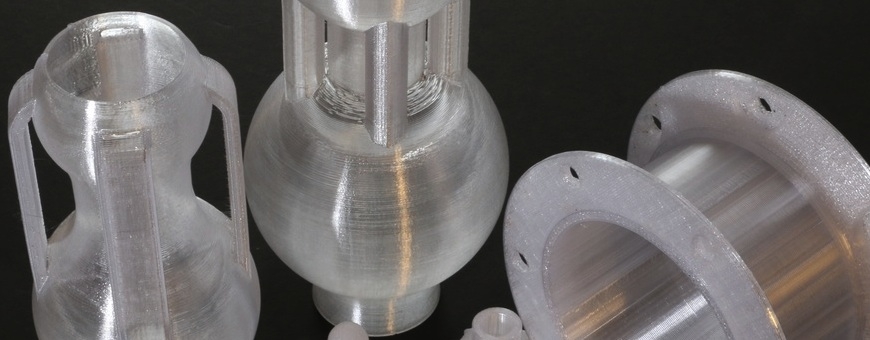
Related Topics
- Return to Top
Get the latest 3D printing news delivered right to your inbox
Subscribe to our weekly newsletter to hear about the latest 3D printing technologies, applications, materials, and software.
“Biodegradable” PLA
Consumables
Subscribe author
Subscribe
Don't want
72
At one time, the topic of the biodegradability of PLA plastic popped up on the pages of the portal. The main content is after what period of time it will turn into a shapeless mass. Many opinions have been expressed. The phrase "monomer from biomass" ran like a red thread when talking about the production of the material. Looks like it's eco-friendly. So it must (grumble and fall apart). Those who could not calm down in any way in doubts achieved by listing agricultural plants going to "feed" the material. Here you have corn and beets. In general, a lot of everything and delicious.
Here you have corn and beets. In general, a lot of everything and delicious.
Producers stood modestly aside from all these conversations, paternally watching the debate. From time to time they talked about compost, the fight for the environment, harmful fumes during printing. On this, their mission to bring knowledge to the masses was considered sufficient. But the question of the "life span" of printed products remained open. How soon will the model live in the external environment?
The only thing that the discussants agreed on was the fact that the rod becomes brittle when stored for a long time. It really is. I myself have encountered and am facing similar, regardless of the manufacturer.
In general, three years ago I set out to test models printed with PLA plastic for operation in the external environment of the Central Black Earth Region. Two models were specially designed for "life" in a summer cottage, and therefore their fate was decided. The fact that they didn’t go into business, well, this has nothing to do with the story. The main thing is that the "volunteers" were called for the glory of curiosity.
The main thing is that the "volunteers" were called for the glory of curiosity.
The experiment began in 2015 exactly at the beginning of May. "T-shaped" and "cone-shaped" models went to develop the site. Then summer came. The temperature that year reached 35 degrees in the shade. Models, with all diligence and zeal, carefully, were placed exactly under the bright sun so as not to cool off. By autumn, inspection showed that our nature had not done a damn thing to them. Okay, winter. And so the “plastics” remained in nature.
Spring has come. Proudly sticking out of the ground, the models cheerfully reported that the frosts are bullshit (this is in your city up to -25, and we have a full dubak). It was cold, but tolerable and we did not lose our physical and mechanical properties. And there is nothing to try to break us with your own hands, just don’t take the hammer because it’s not sporting.
Summer 2016 was held under the auspices - "release mercury from the thermometer".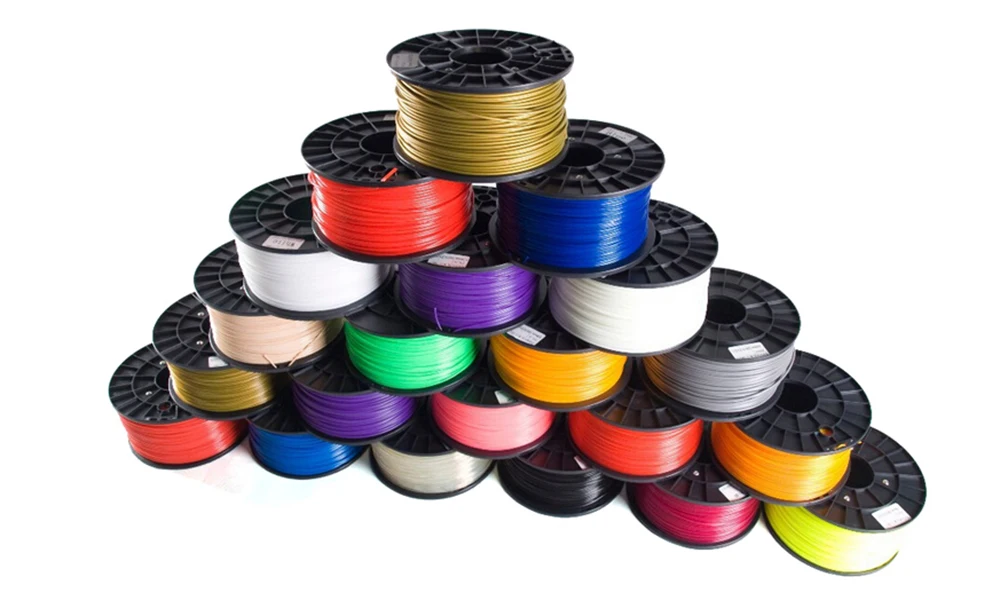 The column rested on the very "I can't". It was possible to come to oneself only in the evening. In addition to heat testing, the models were periodically dragged to the range as targets. For one thing, it was interesting to see how they behave when integrity is violated. Maybe it will affect them.
The column rested on the very "I can't". It was possible to come to oneself only in the evening. In addition to heat testing, the models were periodically dragged to the range as targets. For one thing, it was interesting to see how they behave when integrity is violated. Maybe it will affect them.
In general, in the spring of 2017, it became clear that the business smells like a complete failure. Not a single specimen was going to surrender so easily to the mercy of nature and climate.
The summer passed insipidly. There was no heat, as such, the average climatic temperature did not rise above 25-26. And sidelong glances at the subjects forced them to come up with something new. And then I remembered compost.
Exactly at the end of summer it was decided to conduct a large-scale test. The “T-shaped” was sent to the compost heap, and the “conical” was sent to the shovel bayonet to the earth's firmament. For eight months, in exile. Out of sight.
This is what the 'T' model looked like before it was composted.
A short visit to the dacha in 2018 revealed to the world an “ice” of compost. It was decided not to climb to the "ground". It got warmer.
And on the day of "labor and shish kebab" our test objects were taken out under clear eyes.
The only thing that can be said. Double feeling from the test. I wanted to demonstrate the victory of nature, but no. It didn't grow. PLA tolerated the black earth bath completely painlessly. In the compost model, interlayer cracking increased slightly after firing. But this is due to the fact that no one has repealed the laws of physics yet. The expansion of water at negative temperatures has done its job. Nevertheless, the hardness of the model itself remained the same. The plastic buried in the ground generally overwintered comfortably. Even the damage to the surface did not undergo any deformation or changes, the edges remained solid. In general, as in the song - "as you were, so you remain"
Eight months and a soul.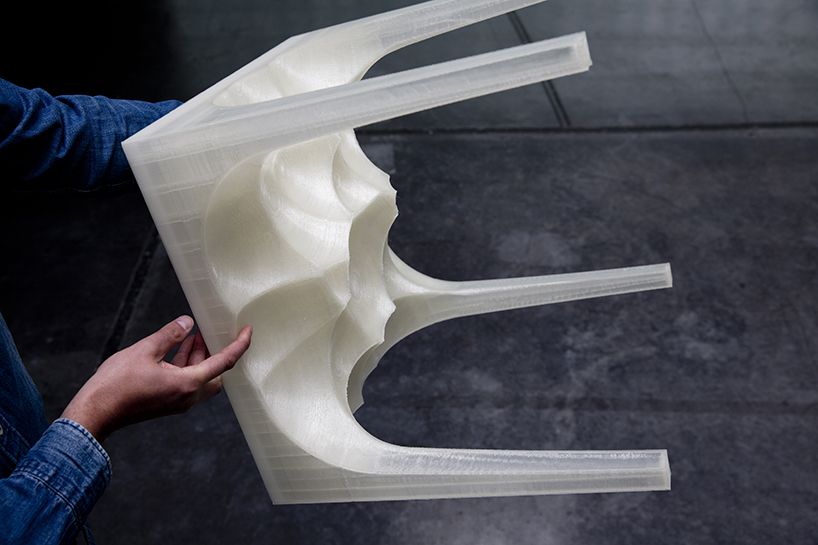
And finally, information from manufacturers. The lifespan of PLA plastic can be up to ten years. Dyes are destroyed earlier. So summing up we can say the following. If you are going to operate your models in the open air without fanaticism and serious stress, then six or seven years of a quiet life are provided to you. Nothing will happen to your product. Will survive.
Oh yes. Concerning the tested plastic. Cheerfully battled with the Russian reality PLA from BQ. The wall thickness of the models is from 1.6 to 2 mm. Filling 50%.
Subscribe author
Subscribe
Don't want
72
Biodegradable | Plastic for 3D printer, consumables, accessories
Quick view
- Sale!
Quick view
- Bestfilament, PLA
- BYN 55.00
- Orange. Diameter 1.75 mm. Thread weight 1 kg
- Add to cart
Quick View
-
Quick view
- U3Print, PLA
- 55.00 BYN
- PLA plastics for 3D printer and 3D printing of the budget GF series from U3Print have acceptable quality, a wide choice of colors and an affordable price, which makes them very attractive for use in home 3D printing, as well as for prototyping , making decorative patterns. Color - black
- Add to cart
Quick View
-
Quick view
- U3Print, PLA
- 55.
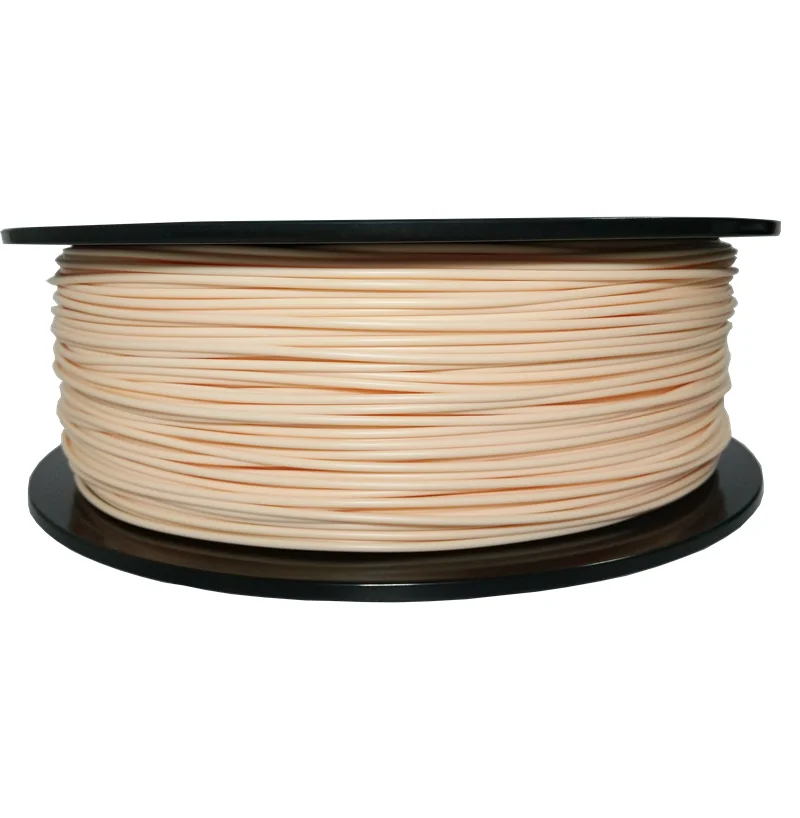 00 BYN
00 BYN -
Rating 5.00 out of 5
- PLA plastics for 3D printer and 3D printing of the budget GF series from U3Print have acceptable quality, a wide choice of colors and an affordable price, which makes them very attractive for use in home 3D printing, as well as for prototyping, making decorative models. Brown color.
- Add to cart
Quick view
-
Out of stock
Quick view
- U3Print, PLA
- PLA filaments for 3D printer and 3D printing of the budget GF series from U3Print have acceptable quality, a wide choice of colors and an affordable price, which makes them very attractive for use in home 3D printing, as well as for prototyping, making decorative models. Color - Gray
- Read more
Quick View
-
Quick view
- U3Print, PLA
- 55.
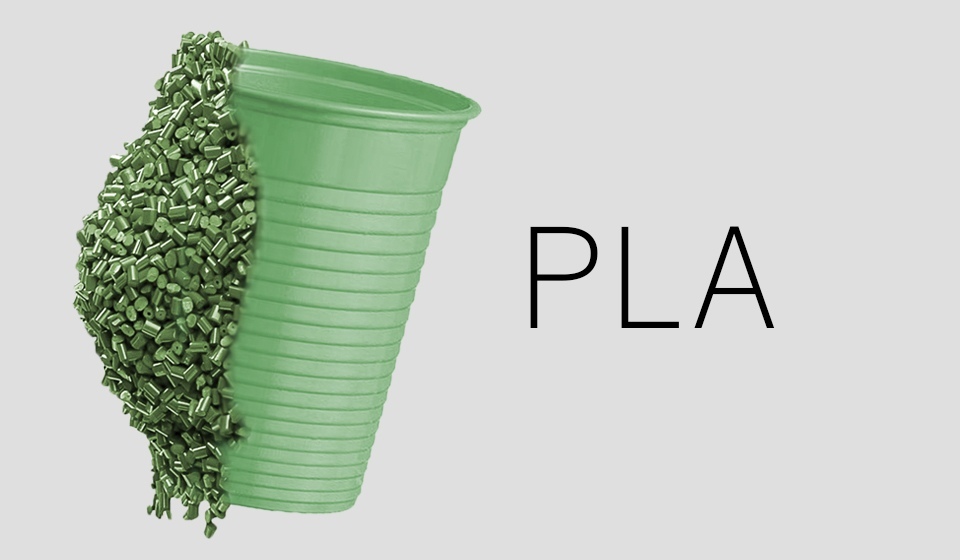 00 BYN
00 BYN - PLA plastics for 3D printer and 3D printing of the budget GF series from U3Print have acceptable quality, a wide choice of colors and an affordable price, which makes them very attractive for use in home 3D printing, as well as for prototyping , making decorative patterns. Color - blue.
- Add to cart
Quick View
-
Quick view
- U3Print, PLA
- 55.00 BYN
- PLA plastics for 3D printer and 3D printing of the budget GF series from U3Print have acceptable quality, a wide choice of colors and an affordable price, which makes them very attractive for use in home 3D printing, as well as for prototyping , making decorative patterns. Color - beige.
- Add to cart
Quick View
-
Quick view
- U3Print, PLA
- 55.
 00 BYN
00 BYN - PLA plastics for 3D printer and 3D printing of the budget GF series from U3Print have acceptable quality, a wide choice of colors and an affordable price, which makes them very attractive for use in home 3D printing, as well as for prototyping , making decorative patterns. Blue color.
- Add to cart
Quick View
-
Quick view
- U3Print, PLA
- 55.00 BYN
- PLA plastics for 3D printer and 3D printing of the budget GF series from U3Print have acceptable quality, a wide choice of colors and an affordable price, which makes them very attractive for use in home 3D printing, as well as for prototyping , making decorative patterns. Color - ivory.
- Add to cart
Quick View
-
Quick view
- U3Print, PLA
- 55.

Learn more


 00
00 